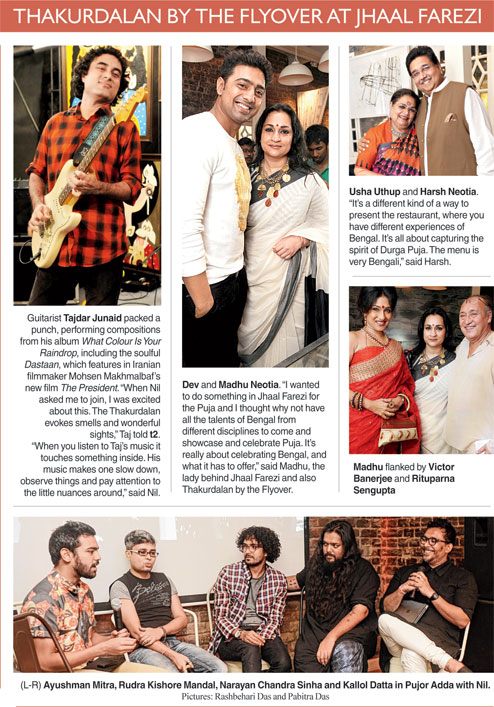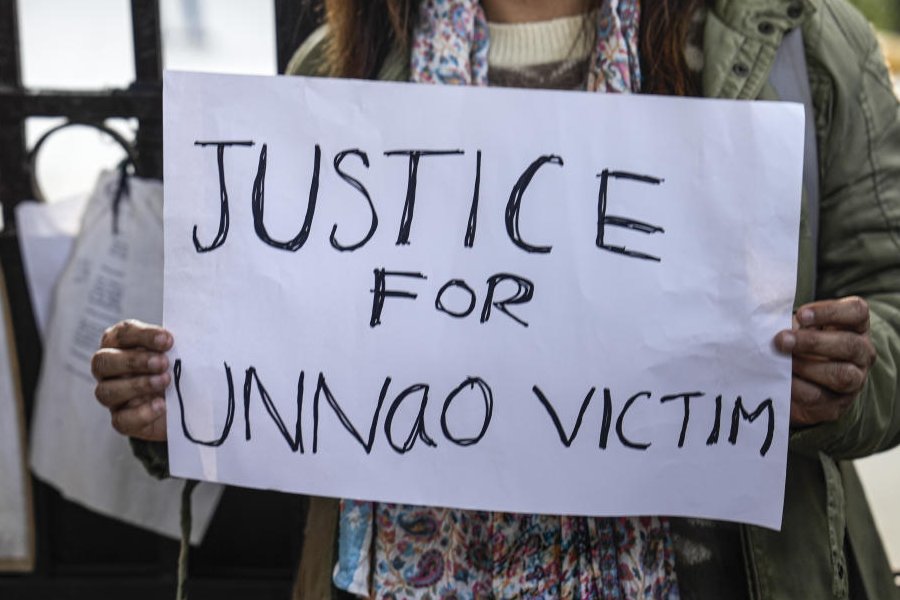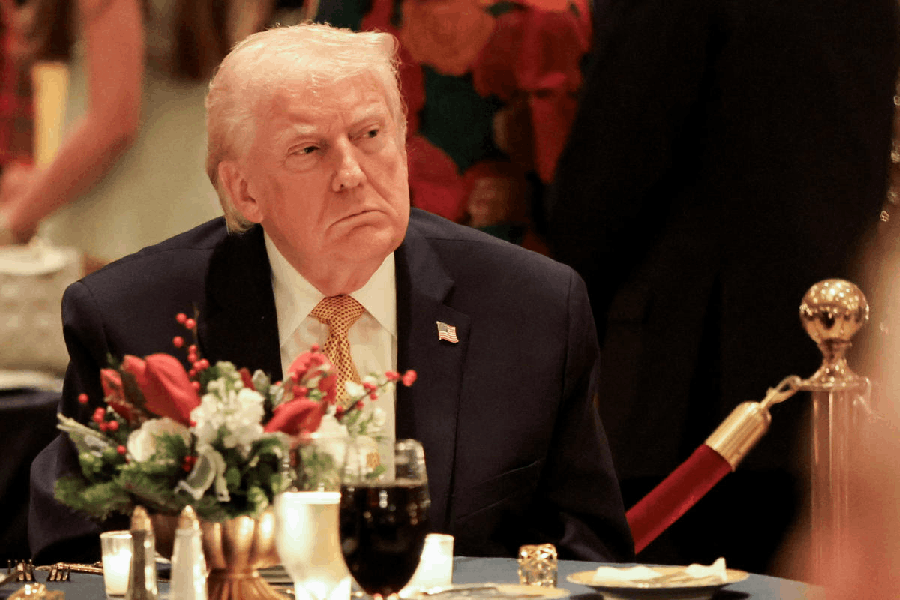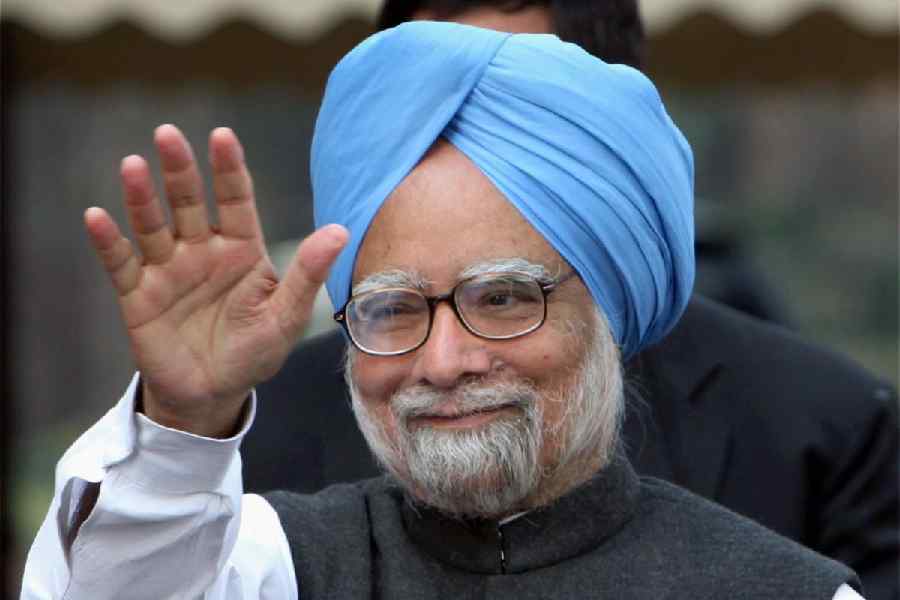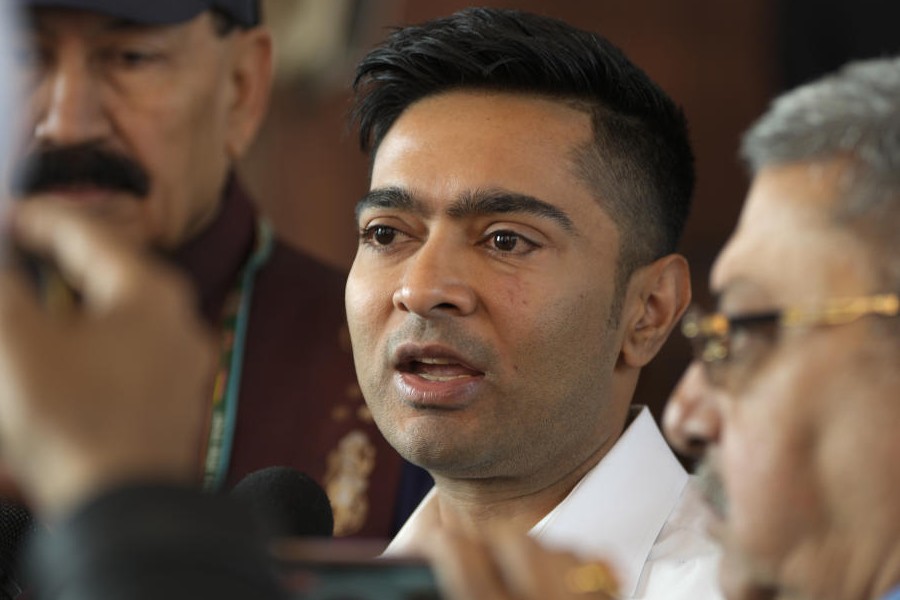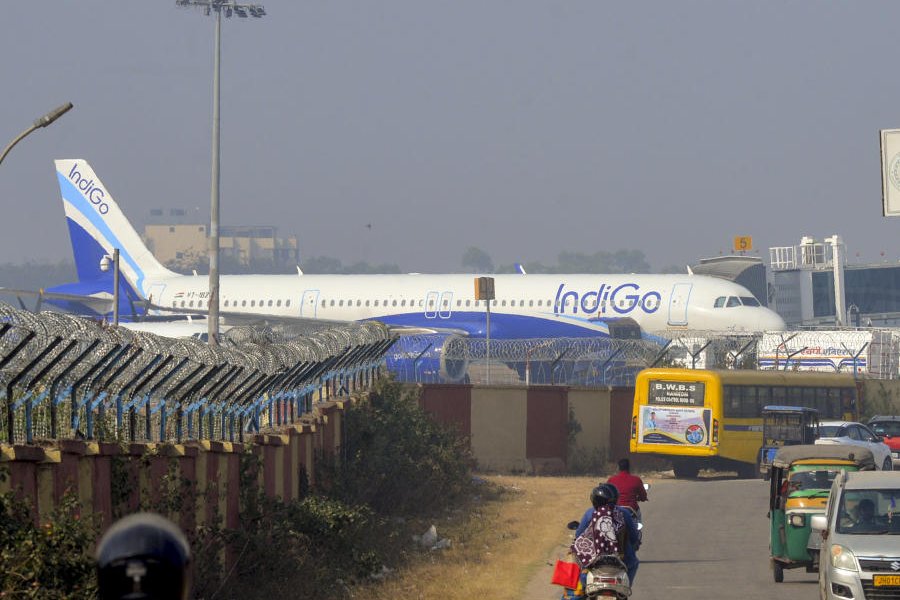The celebrations of Durga Puja have over time acquired a new hue in Bengal, particularly in urban Calcutta, where a huge creative input not just from the artisans who create images, but from artists and intellectuals have coalesced into giving us some fabulous thought-provoking imagery.
Which is exactly what has happened this year. While we’ve seen individuals and nations come into the Calcutta scene with their new ideas and hands-on approach to give the Puja scenario a new twist, a rather unique homegrown idea has spun into a magnificent carnivalesque event at Jhaal Farezi, Calcutta’s happening culinary hub.
Quirkily titled Thakurdalan by the Flyover, this 10-day festival of sheer pageantry, which kicked off on Mahalaya, was something that the city has never seen the likes of before. I have an insider-outsider’s view of it, having been the fly that sat around while the grand conception took place between Madhu Neotia, who has been leading the hospitality aspects of the Ambuja Neotia Group, and Nil, the creative couturier of the Dev R Nil designer duo.
Over endless cups of green tea and “cutting chai”, which is a specialty of Jhaal Farezi, I was privy to the planning, largely between these two ideators, never really believing that a multi-pronged pageant of the dimensions of Thakurdalan by the Flyover could actually happen.
a vision shared
Let’s hear it from Madhu. “On a recent trip to Jaipur, the hotel I was staying at had every single thing made by Rajasthani artisans and I realised how Rajasthan is so adept at marketing its state to the rest of India, and to world tourists. So I thought, why don’t I make a beginning this year, and celebrate the spirit of Pujas right from Mahalaya to Dussehra, and showcase everything to do with Bengal in one venue. And what better place than our own Jhaal Farezi, where people could converge for a total Bengal experience —everything to do with its art, food, music, the Tollywood film industry, craft, all the sensitivities of Bengal, in one complete cultural connect.
“And when I approached the very creative Nil, he became the most natural choice — with his fund of ideas, his excellent relationship with artists and designers, his out-of-the-box approach to whatever I wanted him to do and the beautiful solutions he came up with.”
How wrong I was to be proved when the whole Thakurdalan by the Flyover began to take shape, as an amalgam of everything that the city longs for translated into a wide canvas of art, fashion, craft, jewellery design, sculpture, installation art, music, dialogue, videography, the film world and food — a seamless pastiche. And a formula that could become an annual event, the scale getting bigger and even more inclusive.
Mahalaya, Day One
The rain had conveniently clean-washed the venue and the atmosphere, as if readying it for the magical evening that lit up like a jewel on Mahalaya as the invited celebrity crowd wafted in to the music of Tajdar Junaid. Adding another dimension to his music was the backdrop of the stage with its series of nine paintings on the avatars of Durga by Ayushman Mitra. As they sipped their psychedelic drinks, each presentation more eccentrically executed than the other, with test tubes and mason jars, and partook of the unusual snacks, from bite-sized panthras to fish roe nibblets, people started on their voyage of discovery. The courtyard with the magnificent goddess in bell metal, executed by Narayan Chandra Sinha, and her part-complete vahaans, proved to be the lure for people not just to do their initial Devi worship, but for their personal cameratic moments.
As they wandered through to the main bungalow, they stopped short at the Kallol Datta installation, in red, white and black, the drama coming from massive dripping red candles, pots of alta, and black-and-white images that explored mindspace.
The music room and the main restaurant areas were also the hub for fashion designers. Debashri Samanta and Paromita Banerjee showcasing their clothes in an art installation, paintings in watercolour and cross hatch by Rudra Kishore Mandal, jewellery by Narayan Sinha, a huge corner devoted to the ceramic creations of Lipi from Santiniketan, Siddhartha Hajra’s telling black-and-white photographs of a transgender artiste; Swarup Dutta’s series of photographs depicting Ravana — all of them hooked the guests into observing, desiring, and discussing their artistic values. They bought, too. And came back for the subsequent days. To sit in on a range of mini chat shows — addas really — which turned out to have a large philosophical oeuvre to them, set against a backdrop of videographed images of Calcutta by Gourab Ganguli.
Day two: a for adda
It is midweek, on a working day, but at six in the evening, the panelists of the Pujor Adda, made up of the artistes and designers who had created Thakurdalan by the Flyover and worked day and night to see it come to fruition, come to life, again, and give the audience an insight into their mindscape.
There are five of them, the noted fashion designer and conceptualiser of Thakurdalan, Nil, who leads the discussions with designers Kallol Datta, Narayan Sinha, ceramic expert Lipi Biswas, Rudra Kishore Mandal, the pen and ink artist, and Ayushman Mitra.
Lipi is first off the mark, talking about her 15 years in this business, her studies in Baroda. Known in Santiniketan as Japani Didi (not realising the real minimalism of her ideas and the Japanese zen flavour in her creations), she shares with us how she is a “citizen of nature” and how “it is the travel of the mind and soul that takes you on your life’s journey.” Ceramics apart, everyone’s invited to her exotic herb garden.
Kallol Datta, Kelly, comes next, the enfant terrible of the fashion world — the guy who dared to be different, to stand apart from other local designers, and whose eight-part installation series, evoking various moods of the mind, will continue to set him apart, notwithstanding his capricious creations. His philosophy — a grounded one: We need more “promoters, collectors, investors” if designers are to grow and art has to expand, stressing on the importance of dialogue today.
Narayan, whose Devi has found homes in various important institutions, including pride of place at the ICCR, is more concerned about the fact that Bengalis have to give more credit to Genext, and for himself, he believes in his deep-seated aesthetics.
Rudra is an individualist, does not take kindly to commissioned work at all, and what he produces by way of pen and ink and etched works has immense value in its detailing. Ayushman, who has gone from art to fashion, believes in converting art into wearable fashion. His philosophy is of florals, and colours and maximising images and he is by no means a minimalist.
In all this, Nil, in an elder-statesman avuncular role, brings out the positives in these designers, 13 of who he has managed to knit together to give Calcutta a holistic trip into its art, craft, food and music — proudly surveying the scenario and talking of how little strife and how large the cooperation and camaraderie was in putting the whole cavalcade of a show together.
 |

